
In 2015, 960,000 people were newly-infected with HIV in Eastern and Southern Africa.

In 2015, 960,000 people were newly-infected with HIV in Eastern and Southern Africa.

More than 1 million Americans suffer myocardial infarctions annually.

The journal Research and Social and Administrative Pharmacy has published a study about the pharmacist's role in vaccinating asplenic patients.

Use of natural, herbal, vitamin, and traditional cures available in grocery stores, gas stations, drugstores, health food stores, and from the Internet continues to grow.

There are few shortcuts that address the large number of medications and different treatment regimens that are needed to treat patients with HIV.

Today, most patients self medicate with both traditional medicine and complementary and alternative medicine (CAM).

Often, pharmacists look for shortcuts so they can remember complex information or update outdated learning, a technique that most pharmacists learn and refine while they are in pharmacy school. But when it comes to treatment of HIV, there are few shortcuts that address the large number of medications and different treatment regimens that are needed to treat patients.
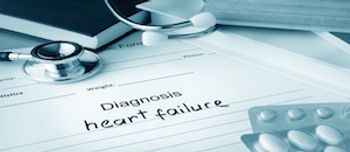
Hospitals across the nation are focusing on patients who have heart failure (HF), and are discharged and readmitted to the hospital within 30 days.
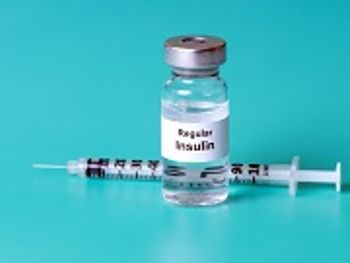
Most experts recommend adding basal insulin, but basalization has its limits controlling glucose in type 2 diabetes.
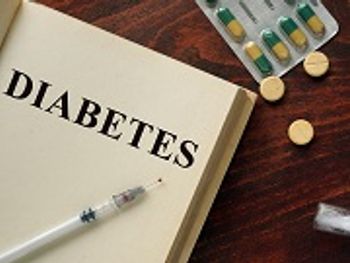
Patients who were seen at an emergency department had an increased likelihood of diabetic ketoacidosis during the next 14 days.
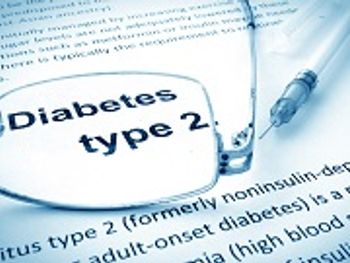
Drug interactions can affect the pharmacokinetics or pharmacodynamics of diabetes medications, causing decreased efficacy or increased toxicity.
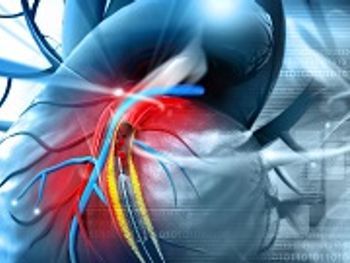
Many cases of congenital heart disease go undetected until adulthood, and are discovered after heart failure develops or an arrhythmia causes sudden cardiac death.
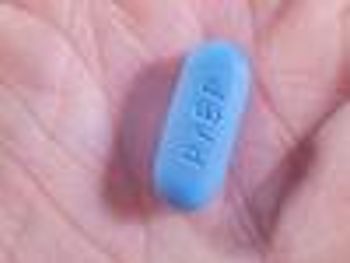
Patients with HIV can now expect to live into old age, and therefore need links to the community health network.

Teenagers face cognitive, social, and psychological pressures that can interfere with successful diabetes management.

Many community pharmacists wonder what they can and should do for their patients who have HIV.
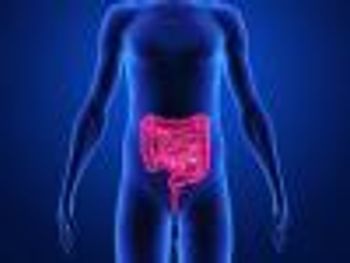
Surgeries that address colorectal cancer, ulcerative colitis, Crohn's disease, mechanical bowel obstruction and recurrent diverticulitis are often a necessity.
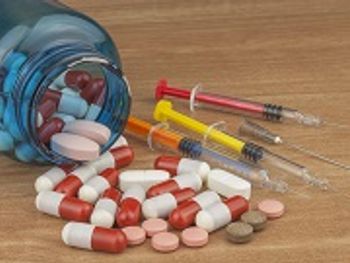
Opioids and testosterone increase premature coronary artery disease risk.

Approximately 1 million Americans develop herpes zoster or shingles every year.

What will it take to increase zoster immunization uptake among our nation's senior population?

Individuals with HIV are at 1.5-2 times the risk of cardiovascular disease and a disproportionate risk of death.
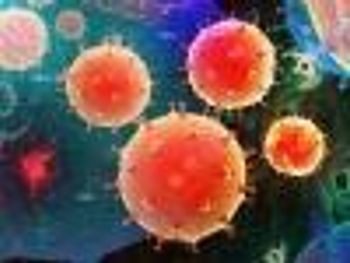
Patients with HIV have nearly twice the risk of ischemic heart disease, heart failure, and myocardial infection.
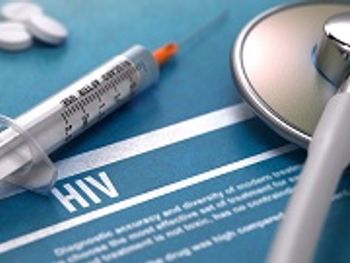
As patients with HIV age, they develop chronic conditions associated with older age and take more medication.

Until recently, polypharmacy was not a tremendous concern among individuals with HIV.
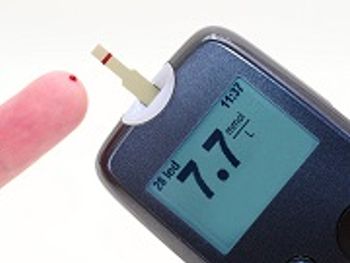
Pharmacists can help patients with diabetes manage glucose control.
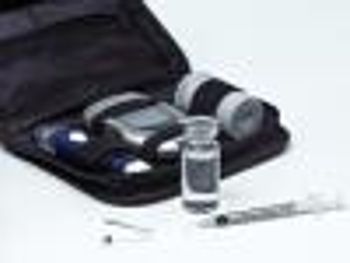
Adherence to diabetes therapy related to the high cost of treatment.

Research demonstrates that pharmacists can make a difference for patients with diabetes.

Chronic hepatitis B virus is still a problem in many parts of the world and the United States, despite the availability of a vaccine.
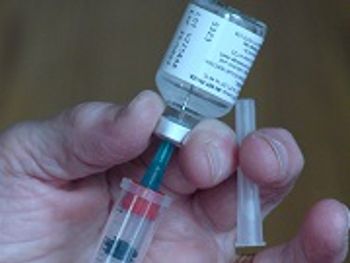
Research gap found among influenza vaccines in pharmacist providers.
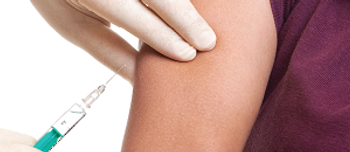
Pharmacies are now second only to doctors offices as leading influenza vaccination locations. Unfortunately, vaccination rates are still suboptimal.
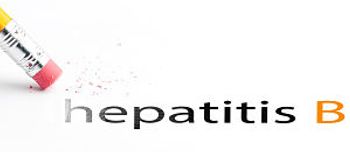
Chronic hepatitis B (HBV) is still a problem in many parts of the world and the United States, despite the availability of a vaccine.